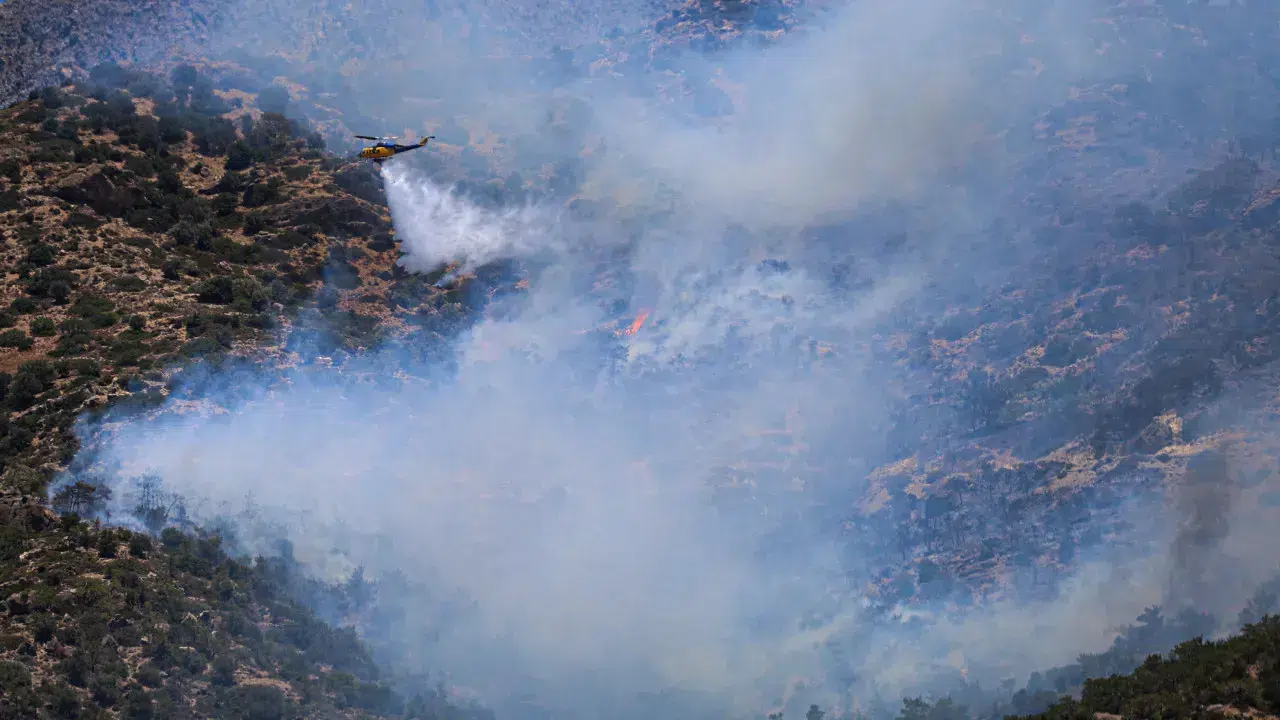
The coordinator of the Research Center for Environment and Sustainability (CENSE) at Universidade NOVA FCT stated that there should be an increase in airborne particles, ozone concentration, and hazardous health compounds due to forest fires, as seen in some mainland areas on Sunday.
Rural fires release a “mixture of harmful compounds,” ranging from breathable particles (PM10) to fine particles (PM2.5), nitrogen oxides, and aromatic hydrocarbons, among others.
“Fine particles emitted by rural fires are the air pollutant of greatest concern for public health because they can penetrate deeply into the lungs and even enter the bloodstream. They are associated with premature deaths in the general population and can cause and worsen respiratory and cardiovascular diseases,” he explained.
Quoting the page QualAr, from the Portuguese Environment Agency (APA), Francisco Ferreira, also the president of the environmental association Zero, pointed out the “extremely high and concerning concentrations” recorded on Sunday and today in Paços de Ferreira, likely related to recent fires.
The expert’s warnings come in response to predictions for today and the coming days about the natural event of suspended dust, which combines with high temperatures.
There could be an increase, up to the maximum recommended concentration, in PM10 and PM2.5 levels, which are small airborne particles that can cause health problems when inhaled.
Francisco Ferreira also noted that days like these lead to the formation of surface ozone, “a secondary pollutant generated from other pollutants emitted by automotive traffic, industry, natural sources like forests, and also rural fires.”
On Sunday, he recalled, there were breaches of the public information threshold in Burgães — Santo Tirso and Paços de Ferreira, as well as in Mem Martins (Sintra).
With “various prediction models” indicating very high ozone levels today and in the coming days, the official warned of the need for the population, especially vulnerable groups (children, the elderly, and those with respiratory and cardiovascular issues), to be alert to potential advisories.




